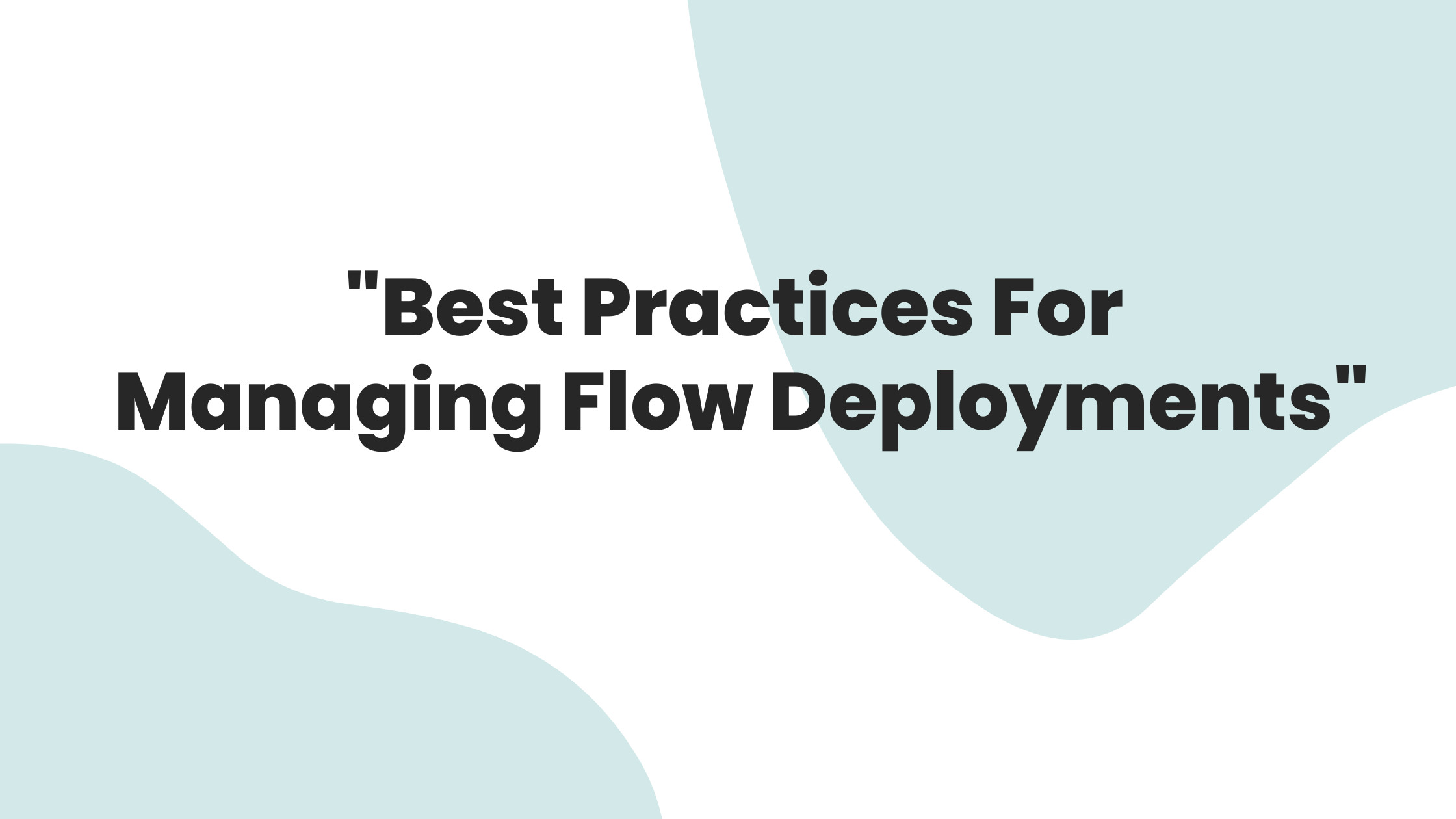Deploying Flows in Salesforce requires careful planning to avoid disruptions and ensure success. Start by using version control to track updates, with clear naming conventions for each iteration. Test thoroughly in a sandbox environment to simulate real-world scenarios and validate dependencies, ensuring all related metadata is included in your deployment. For deployment, tools like Gearset or Copado streamline the process and reduce risks compared to manual methods like Change Sets.
Debug logs are essential for troubleshooting any issues post-deployment, so always enable detailed logging during testing. Keep stakeholders informed to ensure alignment and provide user training if needed. Finally, always have a backup plan, such as retaining older Flow versions or exporting metadata backups. By following these best practices, you can minimize errors, streamline workflows, and deliver seamless Flow deployments that enhance automation and user satisfaction.
Planning upfront saves time and ensures smoother operations!








